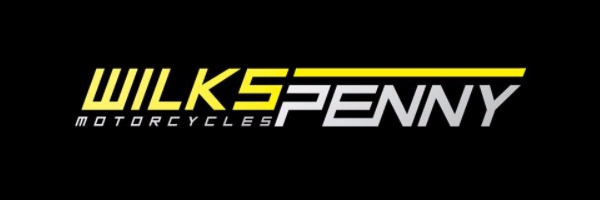The Best Road Helmets
Fit, comfort and construction are all important for a helmet, especially for riders who enjoy long adventures out on the road. But at the end of the day, their purpose is to provide safety and that should always be the top priority. When buying a helmet the aim is to find one that is constructed out of the best materials possible to give you ultimate protection, while still being within your budget.
What Brands To Start With
The helmet market has no shortage of great brands to choose from! But our recommendations are Shoei, LS2 and Bell. They are well-loved by many motorcycle riders and are a great place to start if you are still deciding what brands you should look at buying from. They each have a large range of helmets to choose from, as well as a variety of construction methods and a good selection of prices to suit.
Materials Used For Helmets
As mentioned before, the materials of your helmet should always be taken into consideration and the decision shouldn’t be taken lightly. Helmets are one of the most important pieces of protection that we have when out riding, so we need to ensure that we are making the right choice.
The most common materials used to construct helmets are carbon fibre composite, fibreglass composite and polycarbonate plastic. Each type provides varying strength and properties, so it’s important to research how much safety you will be getting from the materials used, especially if you already have a helmet in mind. A great website for seeing each helmets protection ratings is SHARP, it’s an excellent resource for helmet hunting!
Features To Consider
Part of choosing a helmet is also considering what features you want it to have. While most of the extra attributes of the helmet are minor they can make a world of difference. Here is a quick rundown on what to look for when picking the right features for you…
Visors – Make sure that the visor you get on your helmet has good UV protection, glare resistance, anti-fog and most importantly blocking harsh sun rays, such as blue light. These are particularly important for our unique environment here in New Zealand as the sun can get intense.
Misting in visors is also a big problem, but luckily many manufacturers now use the pin-lock visor system which helps prevent fogging, so check to see if the helmets you are interested in has this feature included, it will save you a lot of headaches.
Chin buckle – The buckle so often gets overlooked but it shouldn’t be! While out riding you want an easy-to-access buckle that won’t cause you any trouble when trying to undo it. Especially since wearing gloves makes unclipping them unnecessarily fiddly.
Communication – It’s become very popular in recent years to have some kind of speaker and microphone inside of a helmet. While there are helmets with these features already built-in they can be a bit pricey. If having a communicator in your helmet is something that appeals to you, make sure that there is enough space inside. There are many options for helmets that have removable sections of padding to accommodate this.
Ventilation – This shouldn’t be too much of an issue as pretty much all helmet brands have excellent ventilation. But it’s good to check just in case.
Accessibility – With any type of helmet, whether on-road or off-road, it’s important to be able to operate the features of the helmet while riding, particularly when wearing gloves. A great brand for consistent easy-to-access features is Shoei. They have some of the highest development for their price range.
Budget
When it comes to prices, like anything the more you spend the better the quality is. But that isn’t always the case, mid-range helmets can also come with many features that the higher-end helmets include. But you need to know what brands actually provide those affordable high-quality helmets.
For a well-rounded choice that you won’t regret buying from the Shoei range. Their carbon fibre strength and weight reduction are guaranteed protection and comfort, pick the design and size that appeals to you and you’ll be happy with money well spent.
But if you are unable to afford the $1,000 plus price tags then the midrange alternatives such as LS2 and Bell are still a solid choice. They use alternative materials and construction techniques, which allow for a lower price but they still aren’t sparing with the high-quality features. But just be aware that some polycarbonate helmets will degrade in UV light over time if solvent from stickers is added.
If you are still unsure contact us and have a chat about what options are available for you with your price range.

